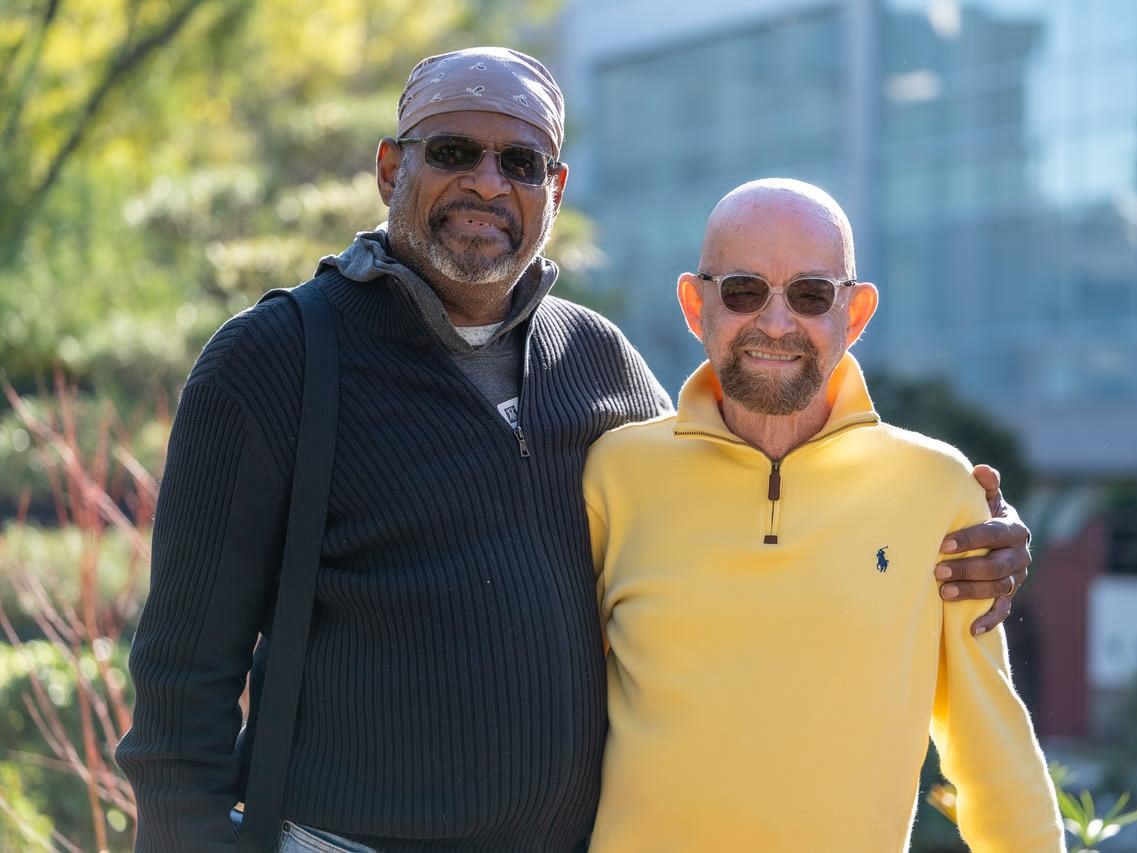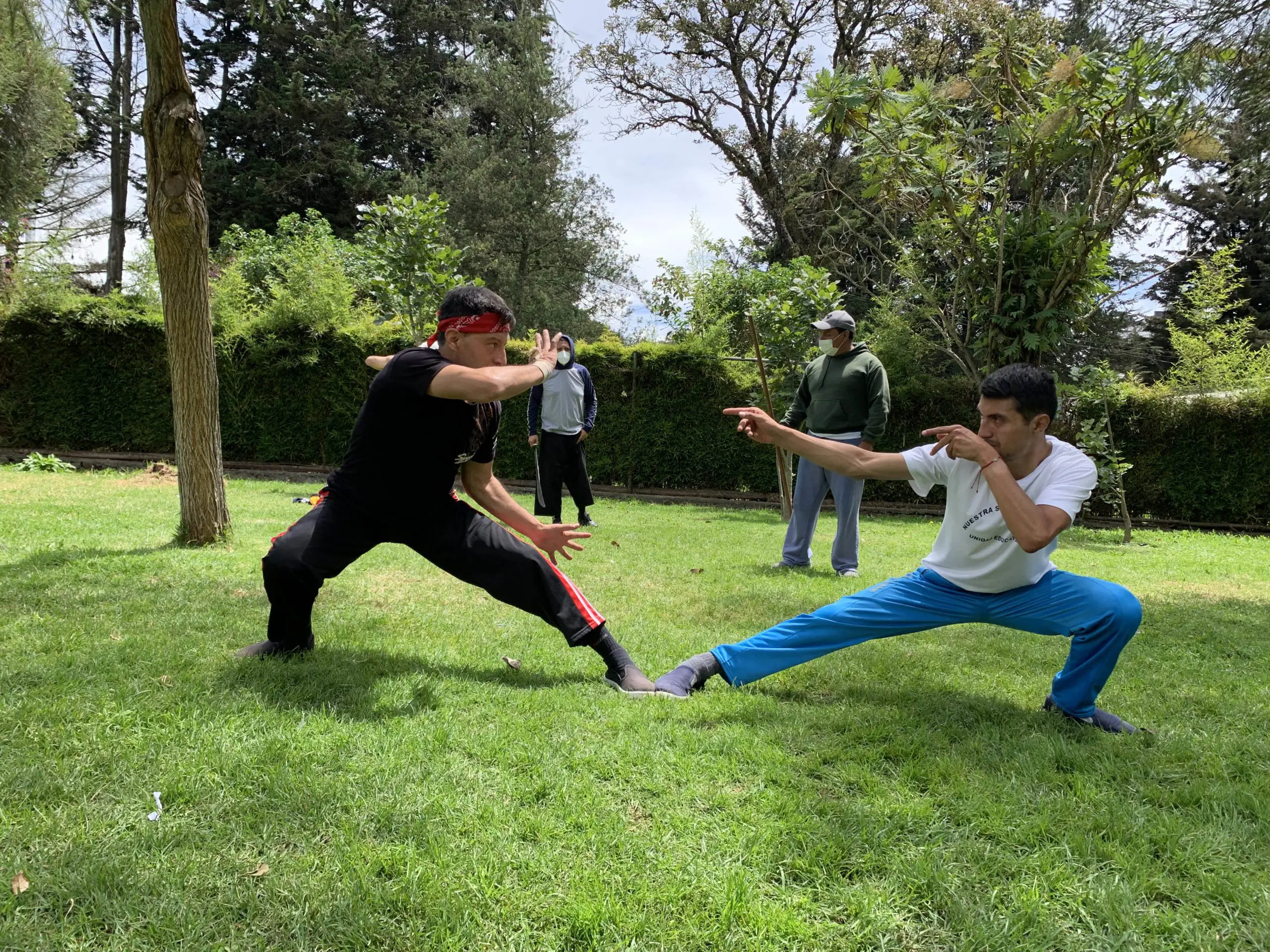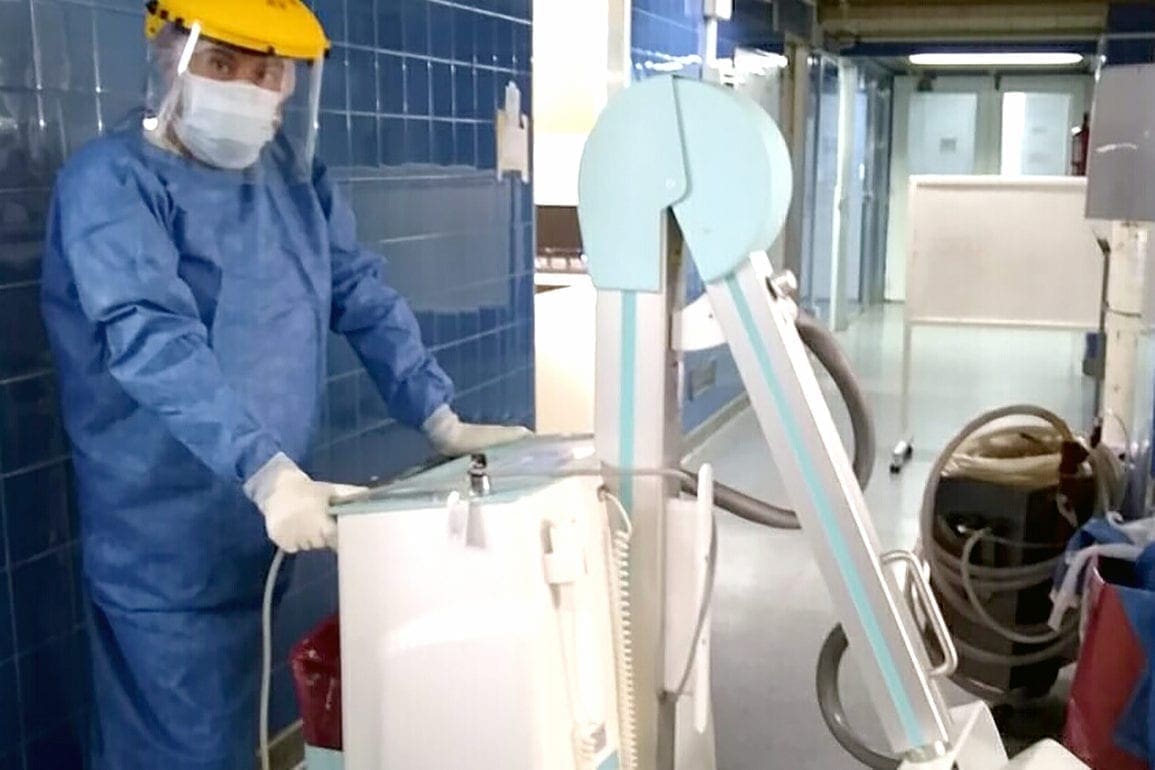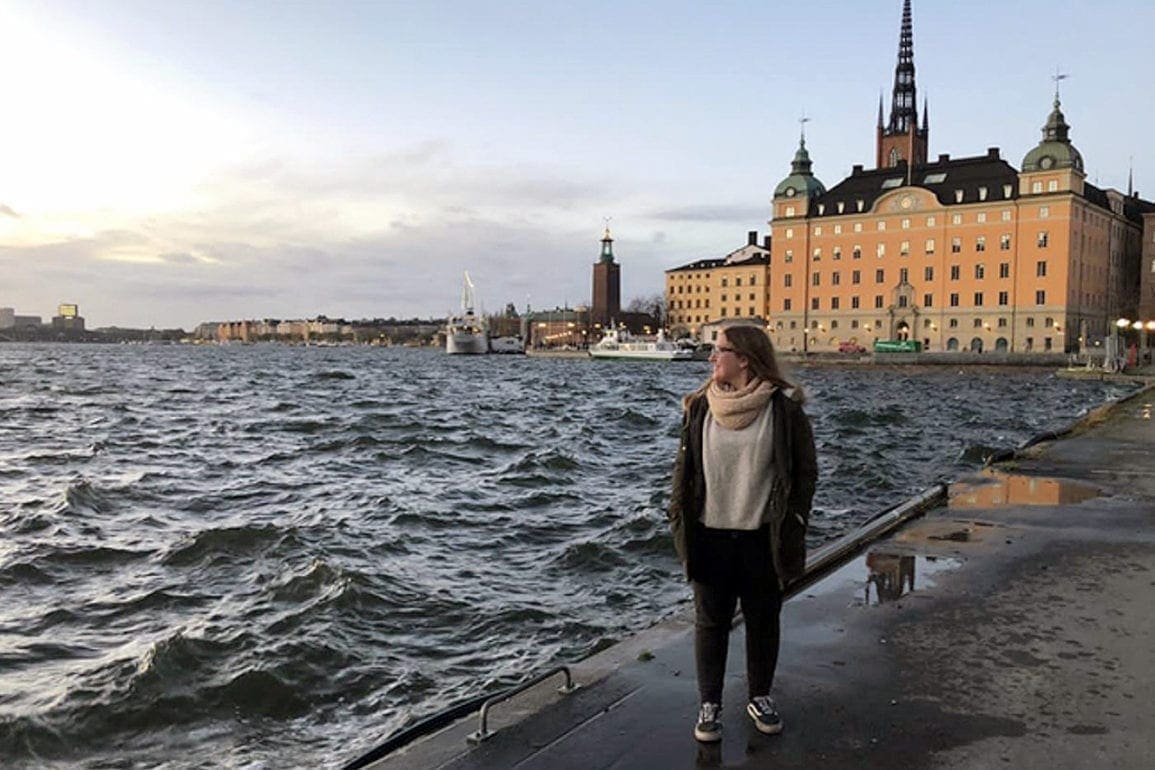Teacher goes viral seeking students on Mexico City streets
With no other options, I took to the streets with a homemade sign, offering virtual English classes for 15 pesos (75 cents) an hour to generate some income. I couldn’t imagine where that act would lead me.
- 4 years ago
October 29, 2021

MEXICO CITY, Mexico—My heart sank as I considered my circumstances. The COVID-19 crisis had shuttered the school where I taught English, leaving me out of work. I needed money, but the pandemic loomed on with no signs of retreating.
With no other options, I took to the streets with a homemade sign, offering virtual English classes for 15 pesos (75 cents) an hour to generate some income. I couldn’t imagine where that act would lead me.
Taking my story to the streets
That first day, July 16, 2021, I went out onto the street with my sign and walked around the Mexico City Historic Center. Hope and enthusiasm filled my heart, but the first moments were very hard.
The weather was cloudy and cold, rare for the summer months. I was very nervous that people would not react well to what I was doing.
I worried about how to make people see me, believe me, and trust me. Many Mexicans are not familiar with the digital world and have many doubts about things that happen online.
At first, I stayed silent and just displayed my poster; some people looked at me, but they didn’t dare to ask for more information or approach me.
Once I noticed this mistrust, I decided to speak. I explained that the first class was free and that they could check the quality of my work. That was more effective—many people asked about the classes. I also showed them some photos of me in action in school classrooms, to prove that I am a teacher.
Everyone was very kind. I didn’t have any problems with anyone, and I even sensed a lot of empathy. It brightened my spirits.
I spent hours holding my poster, hoping that, at some point, my situation would improve. What I never believed was that it would be so fast.
Social media sparks viral following
During the course of my second day with the sign, I stood outside the Bellas Artes subway for a time. Some teens approached and asked meto take some photos to share on their social networks.
I accepted and posed for them. They were kind, but I thought the whole thing was a joke. I had no idea about the scope of social media. After taking the photos, I continued to walk the city, hoping someone would take me up on my offer.
After just two days, those photos went viral online. Messages poured in, inquiring about schedules and availability. I stopped taking my sign out in order to have more time to respond to them.
To my surprise, some media contacted me for an interview. Artists and influencers posted messages on their social networks asking their followers to support me.
I still hadn’t fully comprehended what was happening. As online support grew and more and more people contacted me, I felt stunned and could not believe my story was climbing to such heights.
When I left my house with my poster, I assumed it would take me months of traveling to different parts of Mexico City to fill the schedule with students. Yet here I was days later, with more students than I knew what to do with.
English lessons in the time of COVID-19
My sign and my story gained enough attention and financial support that I can totally focus now on my true vocation: teaching. I spend my days teaching online classes to over 150 students, armed with only a computer, a speaker and a webcam. People from as far away as
Argentina and Spain have reached out for lessons, but I have had to turn them away because I am at capacity.
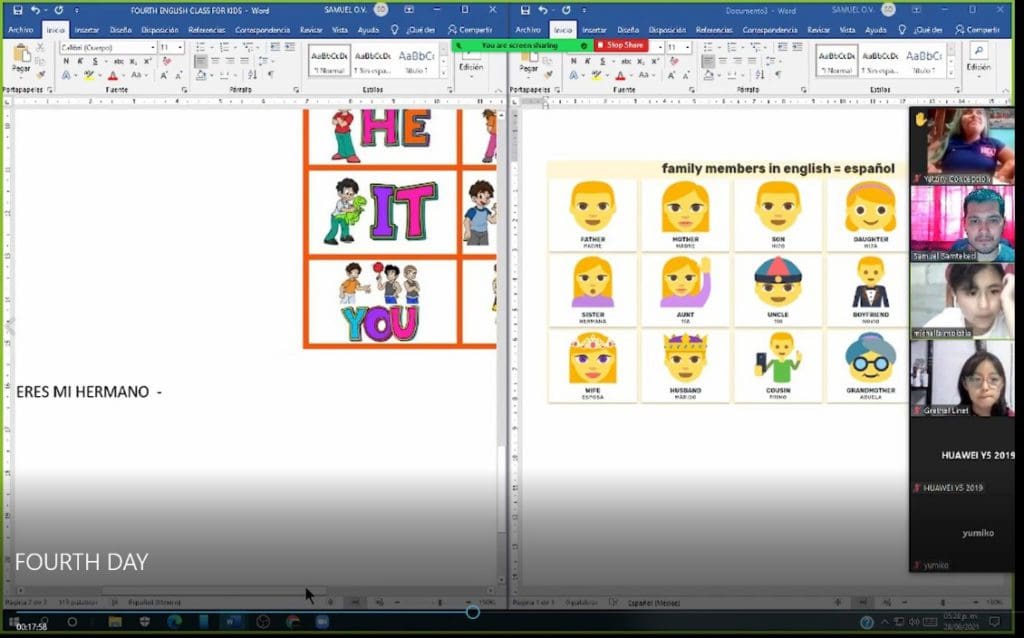
I designed a six-month course that includes two classes a week. I give my students study materials in addition to the class video recordings to provide support and flexibility as they learn.
One of the greatest satisfactions I’ve experienced with my online classes is an unexpected connection with the youngest students. They are so enthusiastic and excited for our lessons, and I like listening to them participate and have fun. It reminds me of my time in classrooms before the pandemic.
Online learning has its complications, too. For instance, I cannot see all my students and know if they are expressing themselves correctly; many of them deactivate their video, which can limit my effectiveness.
It has also been challenging to adapt my physical surroundings to offer a classroom experience since we live in a small house. I’ve had to use a side room where my grandmother’s ashes are kept. I wish there was another choice, but for now this is the only quiet space I have.
Expanding access to language
I strive for empathy in my life, and my profession is how I put it into practice.
Language classes are costly in Mexico; I believe I can repay some of the support I have received by offering a more affordable option for people. I feel it is my duty as a teacher to try and help as many as possible access the wonders of a new language.
Returning to a traditional classroom has no draw for me anymore. I don’t want to go back to those schools; I created one for myself.







